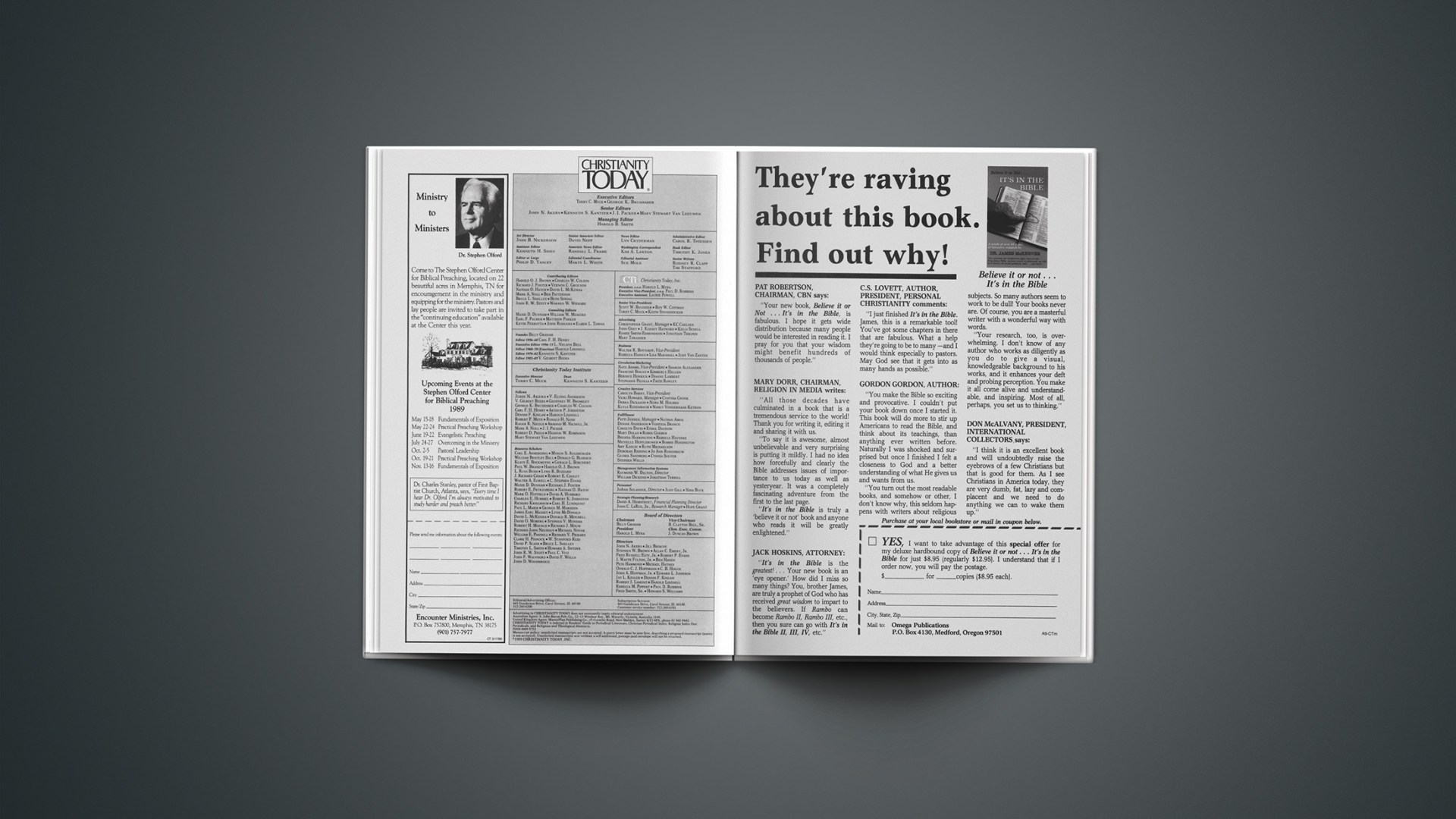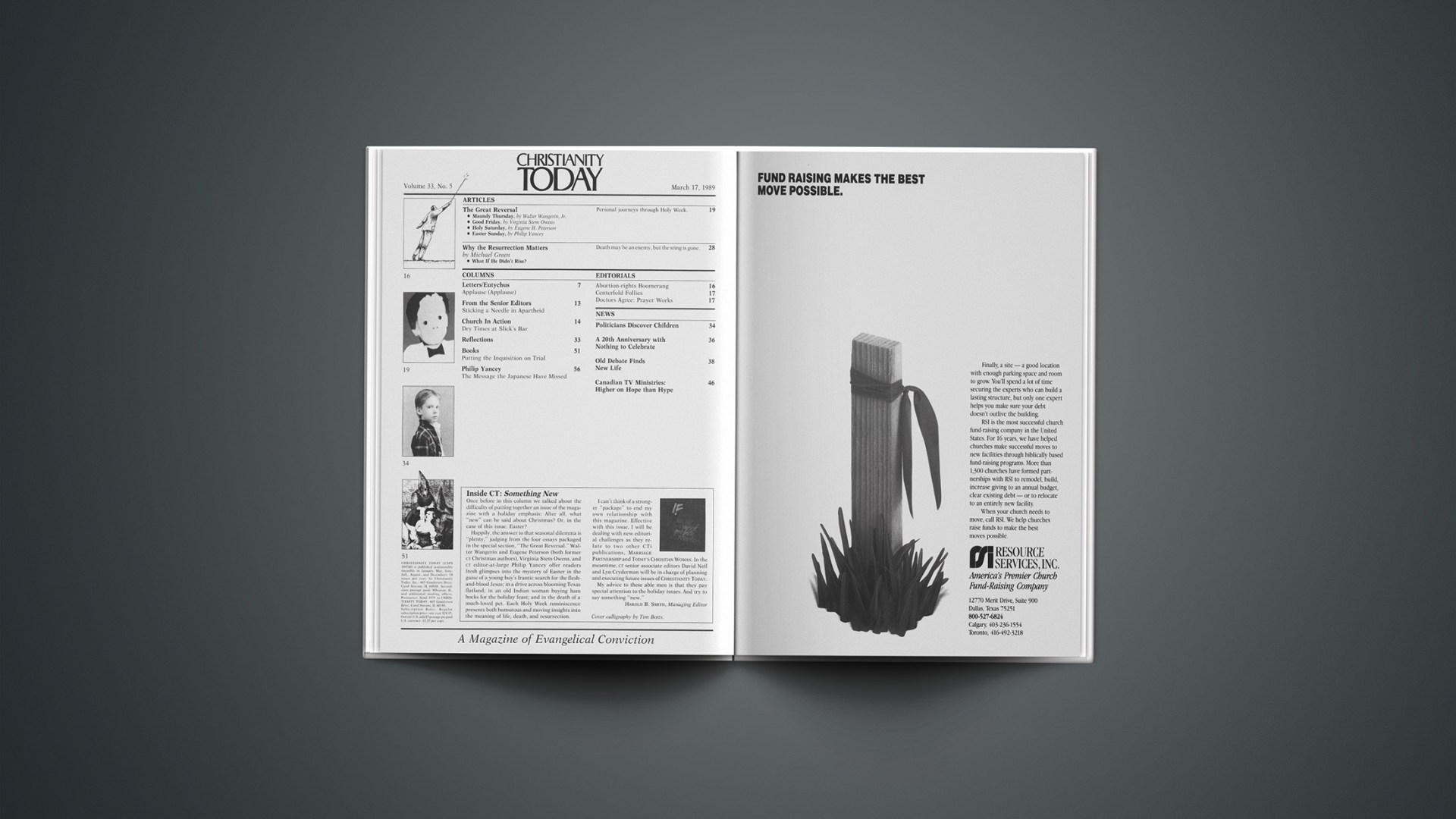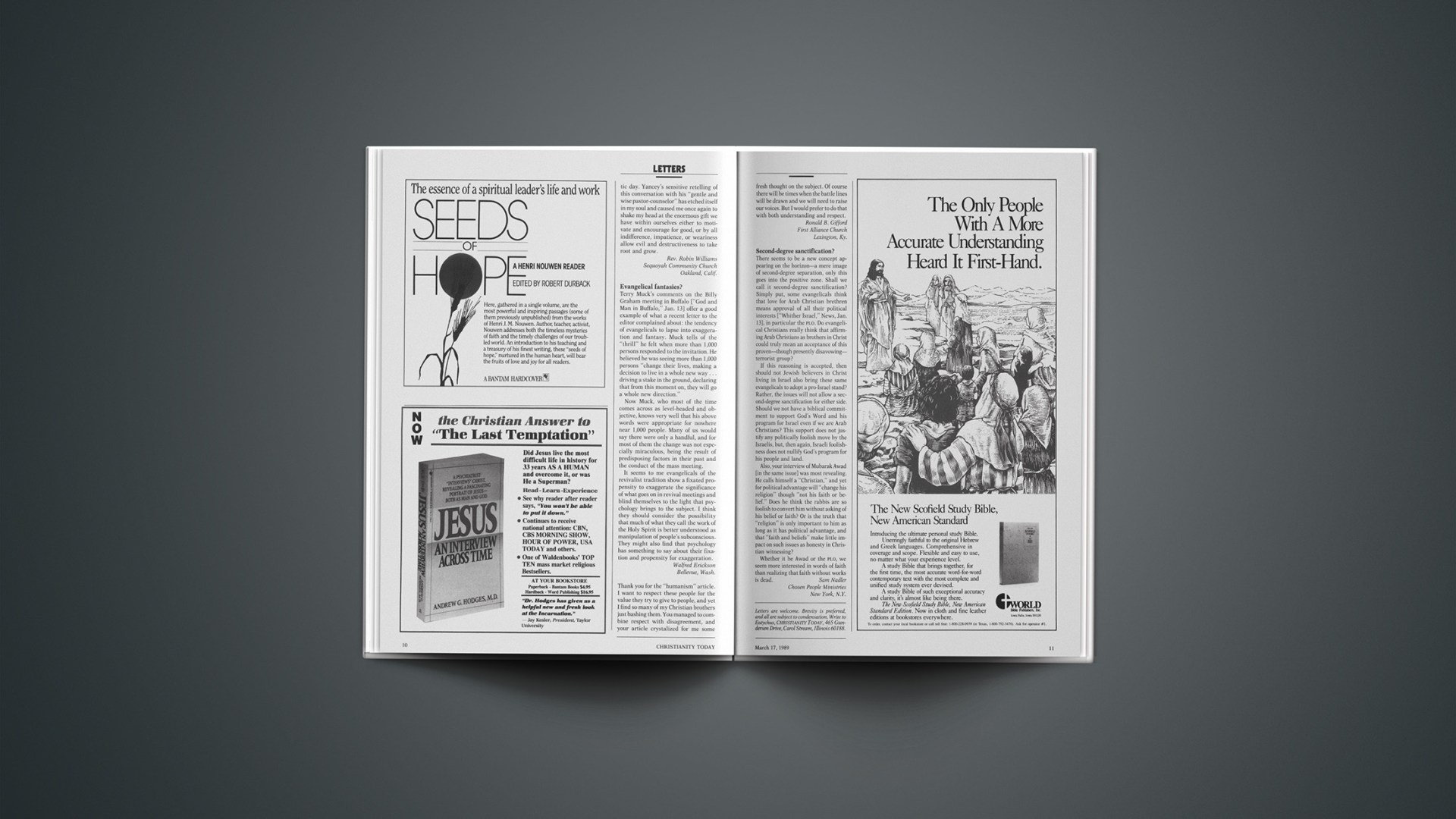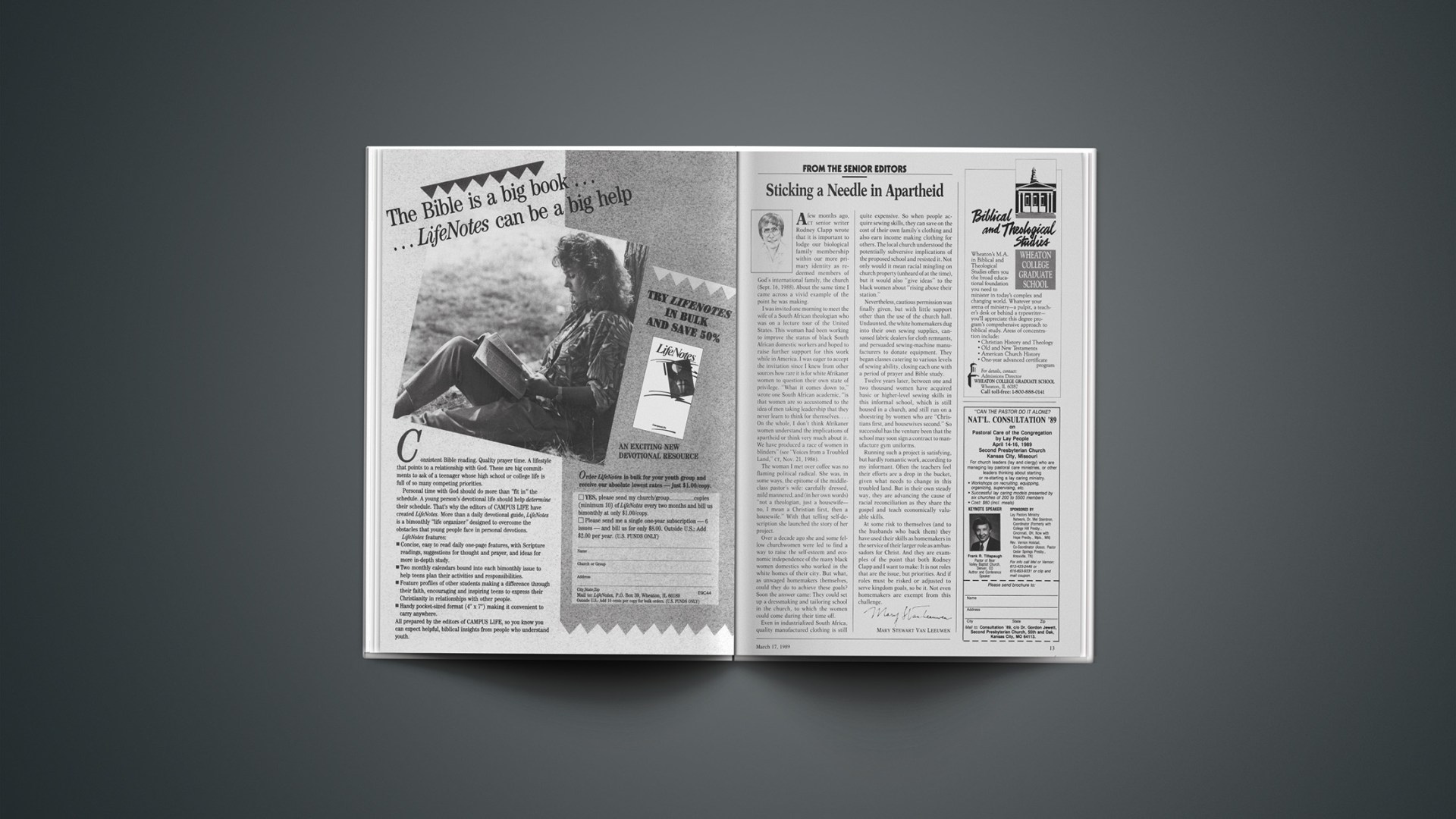O Brethren give ear to a noble lesson,
We ought always to watch and pray,
For we see this world to be near a conclusion,
We ought to strive to do good works,
For we see the end of this world to approach.
A thousand and one hundred years are fully accomplished*
Since it was written thus, “It is the last time,”
We ought to covet little, for we are at the remainder.
We daily see the signs to be accomplished
In the increase of evil and the decrease of good.
These are the perils which the Scripture mentions;
The gospel recognizes it, and Saint Paul writes it, that no man living can know the end,
And therefore we ought the more to fear, for we are uncertain.
If death shall seize us today or tomorrow;
But when Jesus shall come at the day of judgement,
Every one shall receive his full payment.
And who shall have done either ill, or done well.
But the Scripture saith, and we ought to believe,
That all men of the world shall pass two ways.
The good shall go to glory, the wicked to torment.
But he that shall not believe this departure,
Let him search the Scripture from its beginning,
Since Adam was formed, till the present time,
In it he shall find, if he has understanding,
That “few are saved” in comparison to the rest.
But every person who will do good,
The honor of God the Father ought to be his beginning,
And to call the aid of his glorious Son, the Son of Saint Mary,
And the Holy Spirit who gives us the way. These three are the Holy Trinity,
As being one God, ought to be invoked,
Full of all Power, of all Wisdom, and of all Goodness.
For this we ought often to beg and pray
That he give us strength to encounter the enemies,
And overcome them before our end,
Which are the World, the Devil, and the Flesh;
And that he would give us wisdom, accompanied with goodness,
That we may know the way of truth,
And keep pure that soul which God has given us,
The soul and body in the way of charity …
Now after the apostles were certain teachers,
Who taught the way of Jesus Christ our Saviour;
And these are found even at this present day,
But they are known to very few,
Who have a great desire to teach the way of Jesus Christ,
But they are so persecuted, that they are able to do but little,
So much are the false Christians blinded with error,
And more than the rest they that are pastors,
For they persecute and hate those who are better than themselves,
And let those live quietly who are false deceivers.
But by this we may know that they are not good pastors,
For they love not the sheep, but only for the fleeces.
The Scripture saith, and it is evident,
That if any man love those who are good,
He must needs love God, and Jesus Christ,
Such an one will neither curse, swear, nor lie,
He will neither commit adultery, nor kill;
He will neither defraud his neighbor,
Nor avenge himself of his enemies.
Now such an one is termed a Waldensian, and worthy to be punished,
And they find occasion by lies and deceit,
To take from him that which he has gotten by his just labor.
However, he that is thus persecuted for the fear of the Lord, strengthens himself greatly,
By this consideration, that the kingdom of heaven shall be given him at the end of the world.
Then he shall have a weight of glory in recompense for all such dishonor.
But in this is clearly manifest the malice of those men,
That they who will curse, lie, and swear,
He that will frequently put his money to usury, kill, and avenge himself on those who hate him;
This they say is a good man, and to be accounted faithful …
For I dare say, and it is very true,
That all the popes that have been from Sylvester to the present,
And all Cardinals, Bishops, Abbots, and the like,
Have no power to absolve or pardon,
Any creature so much as one mortal sin,
It is God alone who pardons, and no other.
But this ought they do who are pastors,
They ought to preach to the people, and pray with them,
And feed them often with divine doctrine, …
That we may be of the number of his elect to dwell in his courts forever,
Praise be to God. Amen.
[* The thousand years referred to here is 1,000 years from the so-called Donation of Constantine to Pope Sylvester I in the 4th century. In Waldensian theology, this was a turning point in history where the Church compromised with the world; the event ushered in “the last days.”]
Preserved in Moreland’s History of the Evangelical Churches of the VAlleys of Piedmont (London, 1658). This book is available in a facsimile reprint; (see For Further Reading).
Copyright © 1989 by the author or Christianity Today/Christian History magazine. Click here for reprint information on Christian History.







